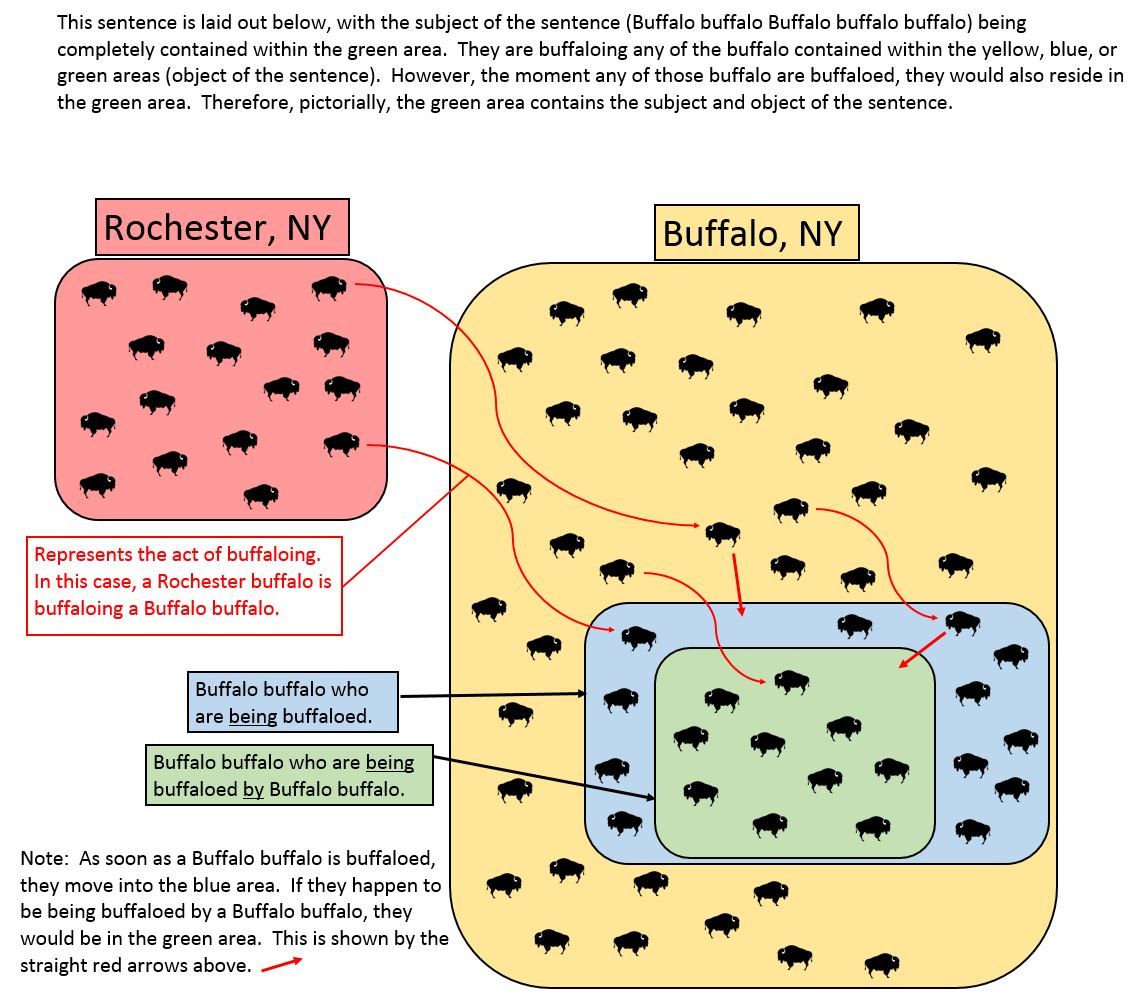As a teen, I was full of stories but very short on grammar, spelling, and punctuation. That lack of understanding manifested itself into fear and stunted my writing career back fifteen years.
Eventually, I realized the only way was to push forwardand figure it out along the way. I did my best (taking my time, rewriting it, teaching myself some of the rules), before handing it over to my editor, someone who loves language as much as I love story.
Over the past three years, I’ve noticed an improvement, and even better, my editor has become my friend.
So in celebration of the constant journey, here are a few favourite bits about the rules of language.
I figure we should begin by figuring out how you view the English language.
Me, I love the elasticity of language and that it is an ever-changing thing, but others like the rules and order that exist. (Full disclosure: I like a few of them myself—cough, cough…Oxford comma).
So do you know which side do you land? If you don’t, there is luckily a quiz to help you find out.
(I was pretty sure I was descriptivist, and I didn’t disappoint.)
No, I am not speaking about some secret club (well, maybe it is). What I’m talking about is the specific arrangement of cumulative adjectives.
For the most part, we aren’t aware of the order and for many English speakers, it comes quite naturally. (I have seen it go off the rails though with some writers, which is why I’m sharing this handy guide.
I’d also like to share this write-up from Mignon Fogarty, where she unpacks the plasticity of the rule, reveals a different suggested version, and offers the handy acronym OSASCOMP to remember the order.
A constant note I make when reading my student’s writing is tighten. Often, I come across sloppy sentences that feel like they have too many words, but the real problem is they aren’t focused—too much fat and not enough meat.
This is why I love this case study in copywriting from Ann Handley because she increases the word count but makes it powerful with emotion, senses, and story.
Yup, that’s a sentence.
It took me a long time to understand it, including rereading the Wikipedia page multiple times and doing breakdowns of my own. It wasn’t until I saw the diagram explaining the sentence that things started to click.
 LennyTalerico | CC BY-SA 4.0
LennyTalerico | CC BY-SA 4.0
Finally, if you have been getting this newsletter for even the slightest bit, you may have noticed my obsession with GPT-3, the A.I. that has a focus on natural language processing.
Since I jumped headfirst into it at the start—and dragging you down with me—I never gave any context. So when I saw this video from ColdFusion, I thought I’d share. It is a good primer on the basics of what GPT-3 is, its capabilities, and some of its weaknesses.